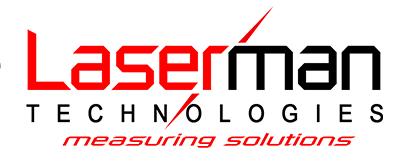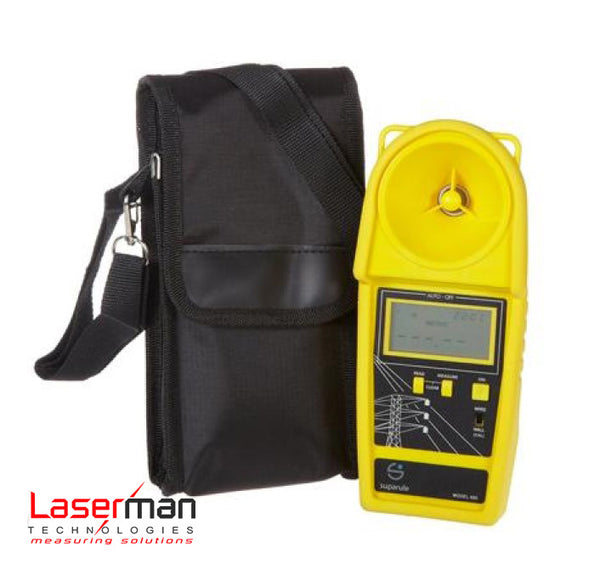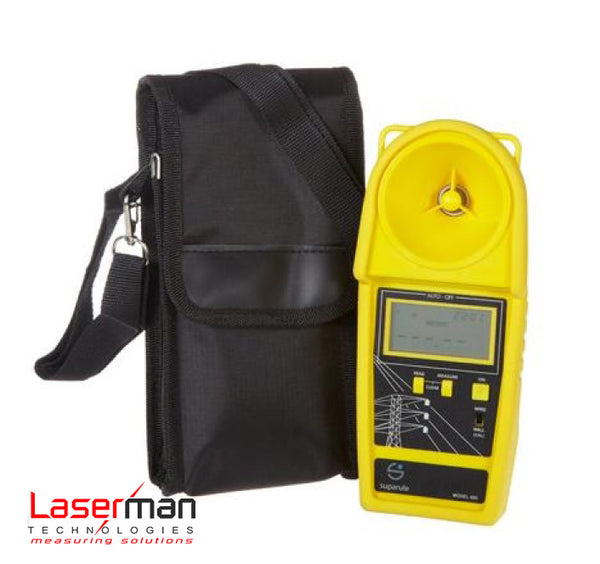Calibration
Calibrated measurement devices can help to improve the quality of products and services by ensuring that they are manufactured or produced to the correct specifications.
Calibration is important for ensuring the accuracy of measurements.
Calibration is the process of comparing a measurement device to a known standard in order to determine the accuracy of the device. The known standard is called a calibrator. The calibration process involves measuring a known quantity with both the device and the calibrator, and then comparing the results. If the results are not within an acceptable range, the device may need to be adjusted or replaced.
The frequency with which a measurement device should be calibrated depends on the device and its application. However, most devices should be calibrated at least once a year.
There are a number of different methods that can be used to calibrate measurement devices. The specific method that is used will depend on the type of device and the accuracy that is required.
Calibration is an important part of ensuring the accuracy of measurements. By following the proper procedures, you can help to ensure that your measurement devices are accurate and that you are getting the most accurate results possible.

Here are some of the industry applications of calibration:
Calibrating Pressure Transmitters
Pressure calibration can be challenging in the best of environments. Working in an area that has the potential for explosion takes the degree of difficulty to another level - one where the technician needs proper training and equipment.
Read MorePressure Transducer Calibration
Pressure transducers are one of two parts in most field instruments—the other is a primary element, such as flow tubes, orifice plates, pressure sensors, and more. Transducers process the signal generated by the primary element, first characterizing it in linear format and applying engineering unit coefficients to it, before then transmitting it in analog mA.
Read MoreCalibrating portable thermometers
On-the-spot temperature checks using portable thermometers are frequently performed in the field by technicians in order to ensure product quality. It is a best practice to verify the portable thermometer, either liquid-filled or electronic, against an accurate reference before beginning rounds to take those spot checks.
Read MoreCalibrating RTD Sensors
Temperature transmitter calibrations are often performed without taking into account temperature sensor performance. For many processes this has been an acceptable practice, although the sensor typically contributes more errors than the transmitter.
Read MoreGas custody transfer flow computer calibration
Gas custody transfer flow computers that calculate flow in pipelines by measuring the differential pressure across a flow restriction, such as an orifice plate or other differential pressure flow device, require special calibration to perform at optimum accuracy.
Read MoreBenefits of calibration
Improved quality
Calibrated measurement devices can help to improve the quality of products and services by ensuring that they are manufactured or produced to the correct specifications.
Increased productivity
Calibrated measurement devices can help to increase productivity by reducing the amount of time and resources that are wasted on rework and scrap.
Reduced costs
Calibrated measurement devices can help to reduce costs by preventing the need for recalls, warranty repairs, and other costly problems.










